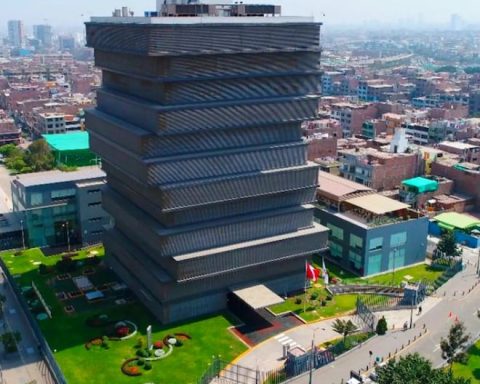He project raising the maximum speed in urban areas to 60 kilometers per hour has generated an intense debate. In 2018, the maximum speed of circulation in urban areas of Chile was reduced from 60 to 50 km/h, with the aim of improving the quality of life of citizens and guaranteeing greater road safety. However, a group of opposition senators led by Iván Moreira has presented a bill to reverse this measure and return to the previous maximum speed.
This project has generated criticism from road safety experts. It is argued that increasing the speed maximum in urban areas goes against international trends, which seeks to reduce speed to reduce accidents and injuries caused by traffic accidents. In addition, it is highlighted that the reduction in speed to 50 km/h in 2018 was an important step to reduce deaths due to speeding.
Experts point out that the speed traffic is a determining factor in road safety. Reducing the average speed by 5% can lead to a 30% reduction in the number of fatal collisions. In addition, it is highlighted that driving at 60 km/h in urban areas significantly increases the risk of death in the event of accidents involving pedestrians or cyclists.
The proposal to increase the maximum speed is also criticized for its impact on traffic flow. It is argued that pushing for policies that encourage reckless and irresponsible behavior on the streets is a serious mistake. Instead of promoting an increase in speed, it is urged to speed up the approval of Projects that encourage safer behaviors on the roads, such as the implementation of point-based driver’s licenses.
The former Minister of Transport and Telecommunications, Gloria Hutt, who promoted the reduction of the speed maximum in its period, highlights the compelling evidence on the probability of dying in accidents due to speeding. In addition, it is noted that Chile has signed the Second Decade of Action for Road Safety, committing to reduce deaths and serious injuries by 30% by the year 2030.
















